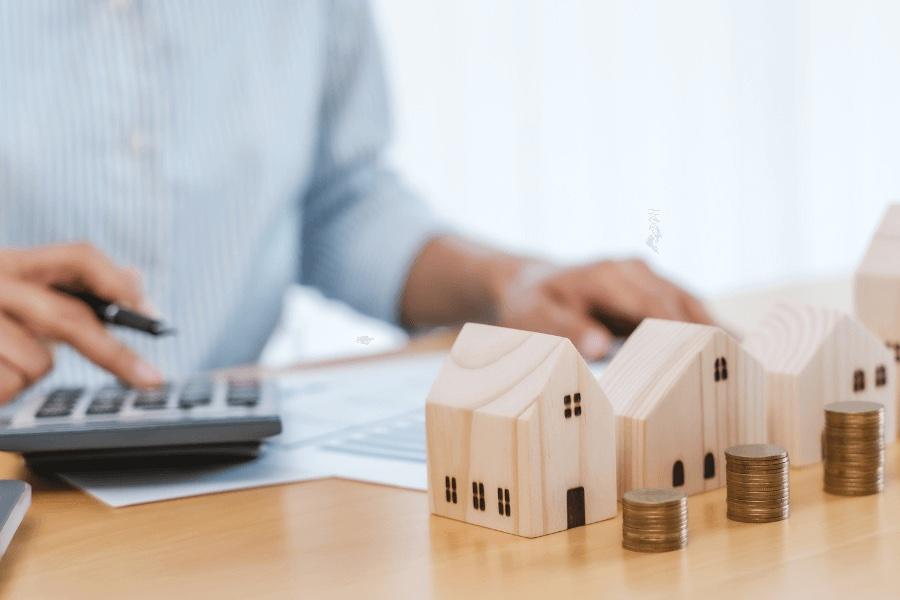What is stamp duty?
Stamp duty is a term that you may have heard of before but also may not be completely across. This specific addition to properties may also be known as ‘land transfer duty’ or just ‘transfer duty’. To put it simply, it’s a one‑off state or territory tax that applies when real estate or vacant land changes owners in Australia.
The amount you pay is based on the property’s price (or its market value), and it’s collected by your local revenue office at settlement. Because it can easily add tens of thousands to the upfront cost of a home, it’s something every buyer needs to know about and budget for from day one.
Below, you’ll find clear, jargon‑free answers to the questions Aussies ask most: When do I have to pay? How much will it be in my state? Can I get a discount? Use it as a starting point when venturing into the property market, then have a quick chat with your conveyancer or mortgage broker to lock in the exact figures for your purchase.
In nearly every state, stamp duty is due on—or very soon after—the day your property settles. The deadline differs slightly but in QLD buyers (or their conveyancer) must lodge the transaction within 30 days of signing an unconditional contract, then pay within 14 days of receiving the assessment.
Miss the cut‑off and you could be slugged with penalty interest, so make sure the payment is pencilled into your settlement statement.
Can you defer stamp duty?
The buyer pays stamp duty, never the seller and a conveyancer usually arranges electronic payment at settlement.
A handful of concessions let certain first‑home buyers, off‑the‑plan purchasers or pensioners defer duty until construction finishes or for a set number of years. Eligibility varies and you must apply before settlement.
The stamp duty rates below are accurate as at 10 June 2025. Rates and concessions change frequently, so confirm the numbers relevant to your contract before you sign.
Stamp duty in QLD
Queensland’s general owner‑occupier scale looks like this:
$0 – $5 000 → nil
$5 000 – $75 000 → $1.50 per $100
$75 000 – $540 000 → $3.50 per $100
$540 000 – $1 million → $4.50 per $100
Over $1 million → $5.75 per $100
From 1 May 2025, eligible first‑home buyers of brand‑new homes or vacant residential land pay no stamp duty—no matter the price. Existing homes still attract duty, but concessions apply up to $550 000.
Stamp duty on land applies whether you’re buying a rural block, a vacant suburban lot or acreage with no dwelling. Because the land alone usually costs less than a finished house, the duty bill is often smaller—but it’s calculated using the same sliding scale as for homes.
Stamp duty is not tax deductible for owner occupiers. Property investors can’t claim an immediate deduction either, but they can add the duty to the property’s cost base, reducing any capital‑gains tax when they eventually sell.
You could qualify for a full exemption or partial concession if you fall into one of these categories:
First‑home buyer buying under the state’s price cap (or, in SA/QLD, building a new home).
Pensioner or senior downsizer meeting specific criteria.
Family farm or primary‑production transfer.
Deceased‑estate beneficiary.
Court‑ordered marital or de‑facto property settlement.
Ask your solicitor which concessions apply and make sure the paperwork is lodged before settlement.
The quickest way to ballpark your duty bill is to plug the purchase price and buyer type into a reliable online stamp duty calculator or ask your broker to run the numbers. Use the figure as a guide only; your formal assessment will arrive from the revenue office once your conveyancer lodges the paperwork.
Key Points:
-Stamp duty is a one‑off tax due at or shortly after settlement.
-Rates and concessions are set by each state or territory, so they vary widely.
-First‑home buyers can often access discounts or full exemptions—sometimes with no price cap on new homes.
-You’ll still pay duty on vacant land, but usually less than on an established house.
-Owner‑occupiers can’t claim duty on tax; investors add it to their cost base.

